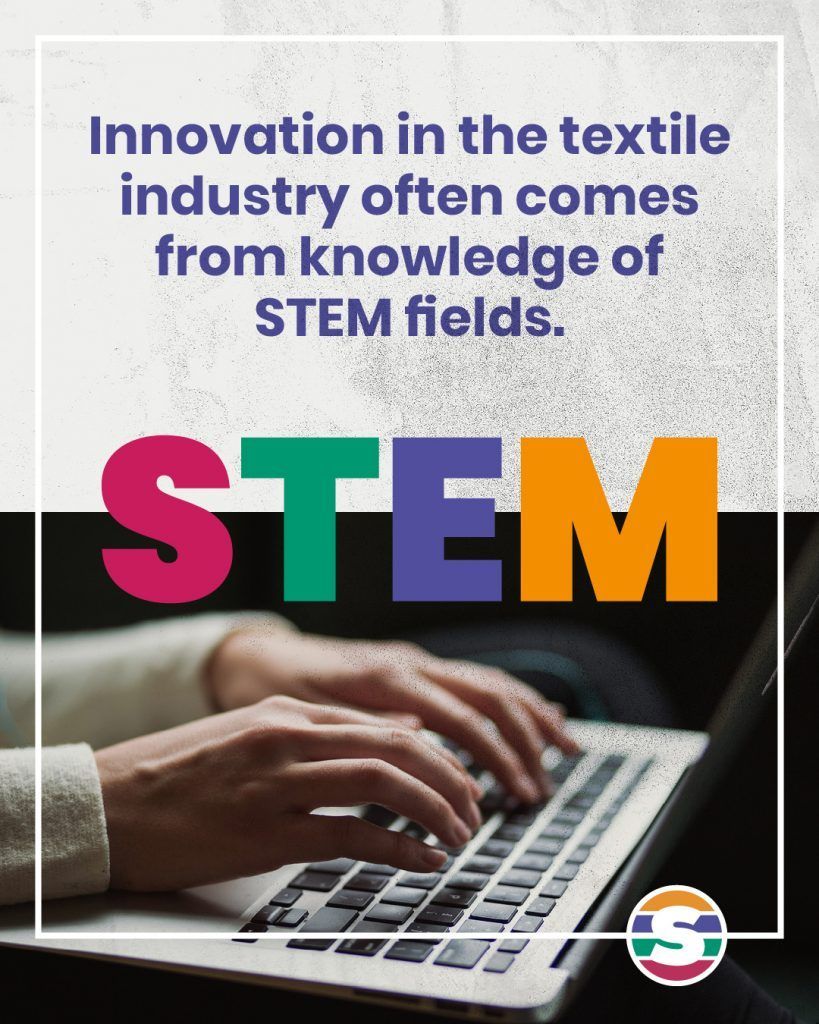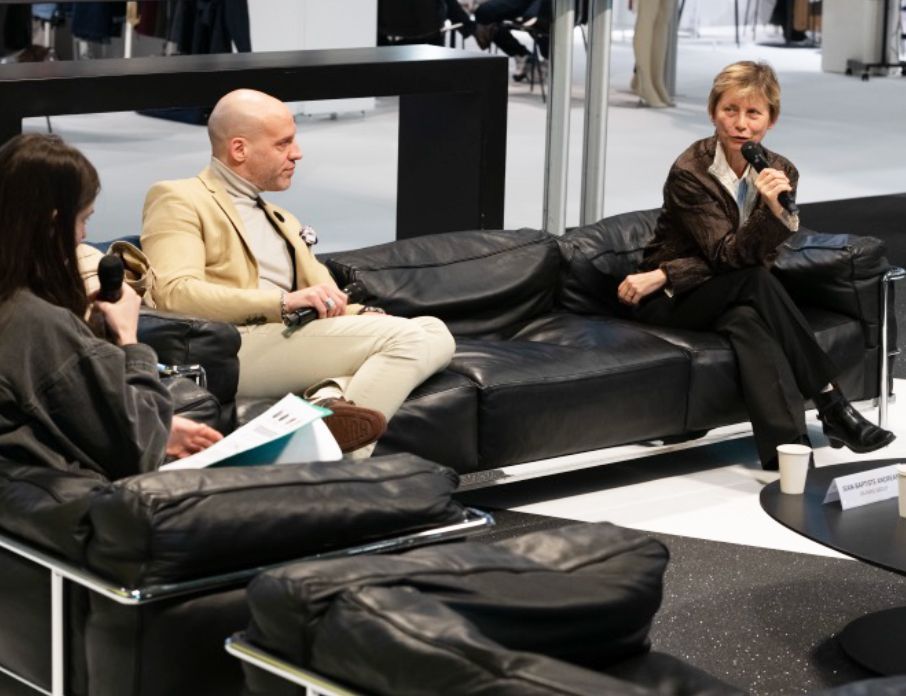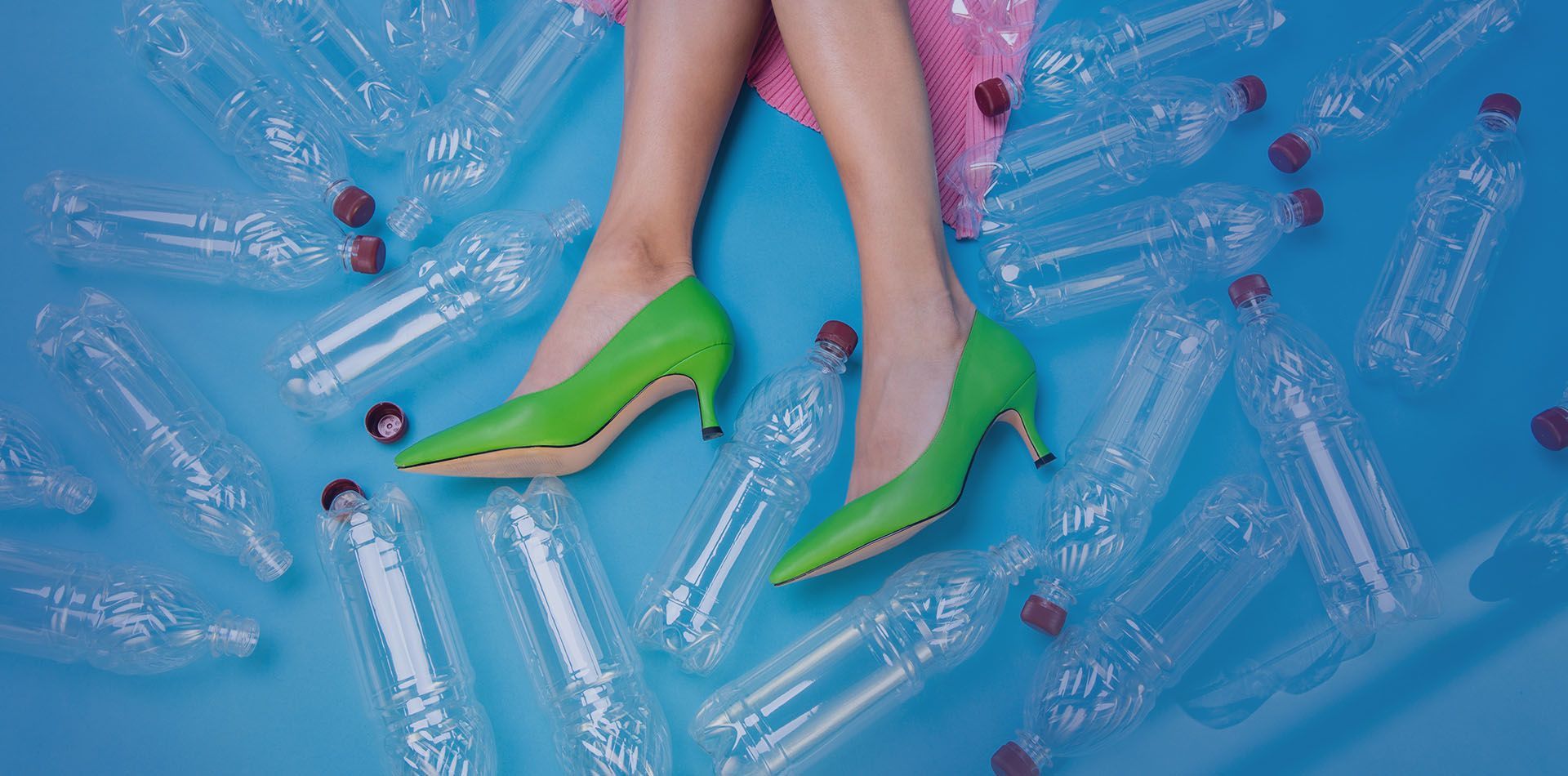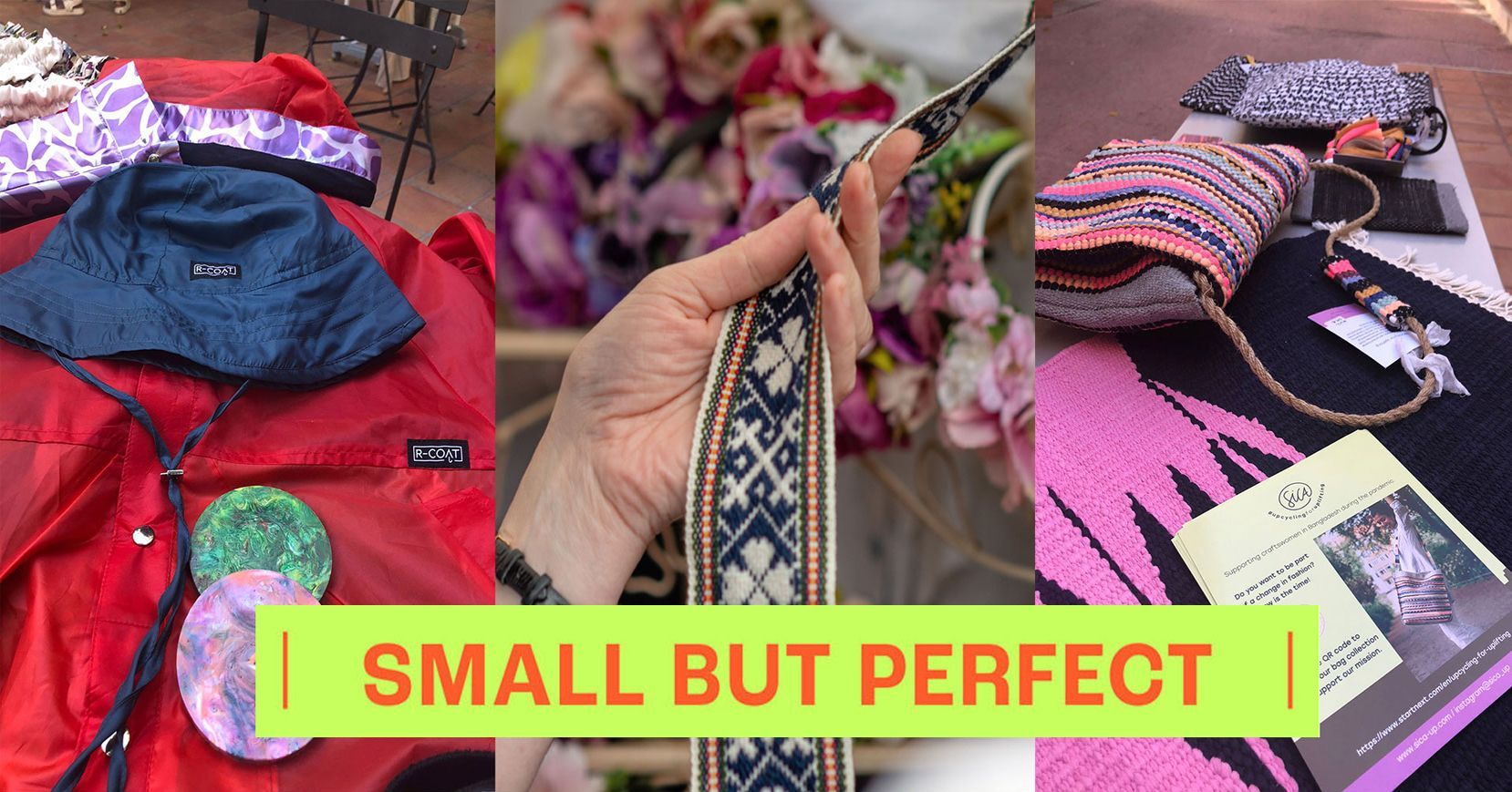
N ° 1 9 M A R C H 2 0 2 3
Dear Readers,
To respond to your requests, your newsletter is now available on both TCBL-Association sites (tcbl.eu) and TCBL-Services (cedecs-tcbl.com). Its content remains structured around 4 themes: news of our projects, a selection of textile-clothing innovations, sources of inspiration on the socio-ecological transformation of the sector and meetings not to be missed (in our opinion !).
As always, we listen to your comments to continue growing. In the meantime, enjoy reading!
Frédérique Thureau
###Biosourced

Herewear
The wealth of the Camargue delta
Exploring waste from food resources to make cellulose which will serve as a component for a bio-sourced fabric, this is the vocation of Herewear. In addition to wheat and algae waste, Herewear is also exploring the interest of rice waste with the help of the Ateliers Luma research laboratory. If successful, the test could be deployed on 70,000 tonnes of rice produced in the Camargue and 3 million tonnes in Europe. follow us on herewear.tcbl.eu
###Inclusive

Shemakes
Celebrate February 11
For this day dedicated to young girls and women in science, FabLab León, leader of shemakes activities intended for children and young people, offered a day of practical discoveries of science applied to textiles. This day was led by Nuria Robles, co-founder of the Lab, with the young shemakes Ambassadors, passionate about innovation and who passed on their experience to a family audience as well as through Adriana Cabrera by Matrix, leader of the entire community of some 40 shemakes Experts and Ambassadors. Video FabLab León
###Transition

TCBL x MesseFrankfurt
Multidisciplinarity, inclusion and education
One way to respond to the transition challenges of the textile sector is to conceive of innovation from three angles: multidisciplinarity, to facilitate the co-creation of innovations essential to the redefinition of a sector in transition; the inclusion of all, especially women, to facilitate the combination of sewing and engineering skills; education through continuing training and practice, to stay as close as possible to the innovations that affect the sector. Under the direction ofAlice Gras, Jean-Baptiste Andreani And Frédérique Thureau commented on their experiences and regretted the absence of two other panelists, due to the Paris transport strike. See the video
###Circular

Shoes
Produce differently
The Shoedes project aims to train shoe designers in circular design to contribute to global footwear issues. Indeed, with a global market estimated at $220 billion (in 2030)—including $100 billion for sneakers—the sector continues to grow, particularly due to global population growth. However, its socio-environmental footprint raises questions, linked to a few key factors, including, among others: the purchasing countries are very far from the producing countries (and require transport logistics); sneakers mainly use petroleum-sourced materials (even if material alternatives are being tested); overconsumption continues in consumer countries (particularly for sneakers which are adapted to more and more occasions and uses) and production conditions are not very transparent (on child labor and women).The Shoeses website
###Innovation
Tilli (France) or Sojo (RU): repairs carried out by tailors and seamstresses For clothes (often charged with emotion) that we want to make last, repair or transform, it is necessary to resort to sewing and tailoring know-how. A new generation of services connects applicants and suppliers, guarantees the quality of the work carried out and simplifies the customer journey.
The Tilli website | The Sojo website
###Innovation
Extension of the clothing life cycle In a resale market estimated at $100-120 billion in 2022, a third of which is second-hand (growing at least 10% per year), Faume helps 30 brands (including Aigle, Balzac, BA&SH, Hugo Boss, Isabel Marant, Sandro) to develop a second-hand economic model: recover damaged clothes, select the clothes to be refurbished, refurbish them and sell them in line.
###Innovation
Citizens of Humanity manufactures its jeans in the USA With 6 cotton farmers, this jeans brand produces 500,000 jeans locally to help reduce the transport footprint of its production. Perhaps this is a drop in the ocean in the jeans market (estimated at 2 billion worldwide), but it is still a first step to show that more virtuous production systems are possible.
###Innovation
The 501 celebrates its 150th anniversary in 2023, an opportunity to return to this icon born of work clothing and to denim culture.
The history of 501 | The History of Denim
###Inspirations
The return of women to employment in the USA under conditions
After the experience of teleworking imposed by confinement, women want to reinvent work flexibility, on several dimensions: having real flexibility of time (and not just space) to take care of their family and children; clarify the process and control of the work accomplished with regard to results (and not time spent); develop a real career, even remotely. Read more
Alternative education to sewing
In France, practical training in (haute) couture and upcycling is offered to young adults, provided they are passionate, motivated or inspired. They are given in small groups and free of charge (or at affordable prices). Among them, Casa93, the Ateliers d'Alix and the Renaissance association in Île-de-France are pioneers.
Exclusively virtual fashion design is on the rise
This is the great merit of virtual technology to be able to unleash the creativity of the designer, without worrying about the materials and production chains of the clothing. Learning digital fashion design is a demanding training course, which focuses on 100% virtual design (for fashion or for any digital application) and which allows you to understand the differences between clothing on screen and reality.
The bra metamorphosis
Accelerated by confinement and by the consequences of the #metoo movement to claim the liberation of one's body, the bra must today meet the new expectations of women for comfort but also for seduction (different depending on the personalities or the occasions). The avenues of innovation explored are those of materials, shapes without underwire, designs that contrast with the uniformity of the high and round chest, and top-down fashion.
###Rendez-vous

Shemakes participates in the SPEAR Conference organized on March 1, 2023 in Copenhagen On this occasion, 25 European research projects will share their gender issues and the solutions they provide.

Jeanne Vicerial exhibits her clothing sculptures at Galerie Templon until March 11. The anatomical envelopes of the seamstress-plastic artist are constructed from recycled threads and these works inspire a production of unique, tailor-made and waste-free clothing, at the crossroads of craftsmanship, fashion, art and science.

Small but Perfect, the first sustainable fashion community event for Northern Greece will take place on Friday, March 3, 2023, at 5:00 p.m., at the Ramada Plaza Thraki Hotel, Alexandroupoli.

And always…
Textile know-how in the Mediterranean until April 7, 2023 Co-organized by MUCEM and Itinérance, the exhibition offers the result of encounters between the traditional arts of Morocco, Greece and Tunisia with students from ENSAD. A must see !
To take stock of your upcoming shows, the news schedule
Contact :
Athanase.Contargyris@cedecs-tcbl.com
Do you have questions or comments about the topics in this newsletter, or ideas about the textile industry? Do not hesitate to contact us.



